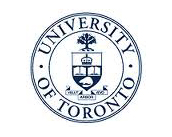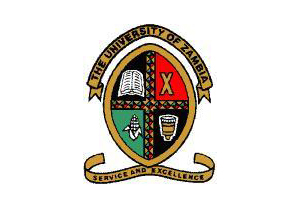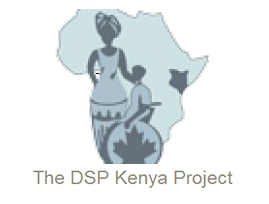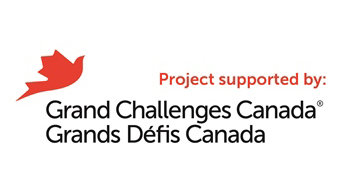| You are here: Download PDFs |
|
How Rehabilitation Can Help People Living with HIV in sub-Saharan Africa:
An Evidence-Informed Tool for Rehab ProvidersE-Module SSA
Download PDF Versions of the Resource
Download Full Resource PDF [2.5MB]
Download by Section:
- About this Resource – PDF [700KB]
- Section 1: What is the role of rehabilitation in the context of HIV? – PDF [1.4MB]
- Section 2: What do rehabilitation providers need to know about HIV in SSA? – PDF [930KB]
- Section 3: What are the rehabilitation interventions that can help people living with HIV in SSA? – PDF [800KB]
- Section 4: What do rehabilitation providers need to know about caring for children and youth living with HIV? – PDF [800KB]
- Section 5: What are the concepts and tools for measuring rehabilitation outcomes in HIV in SSA? – PDF [675KB]




